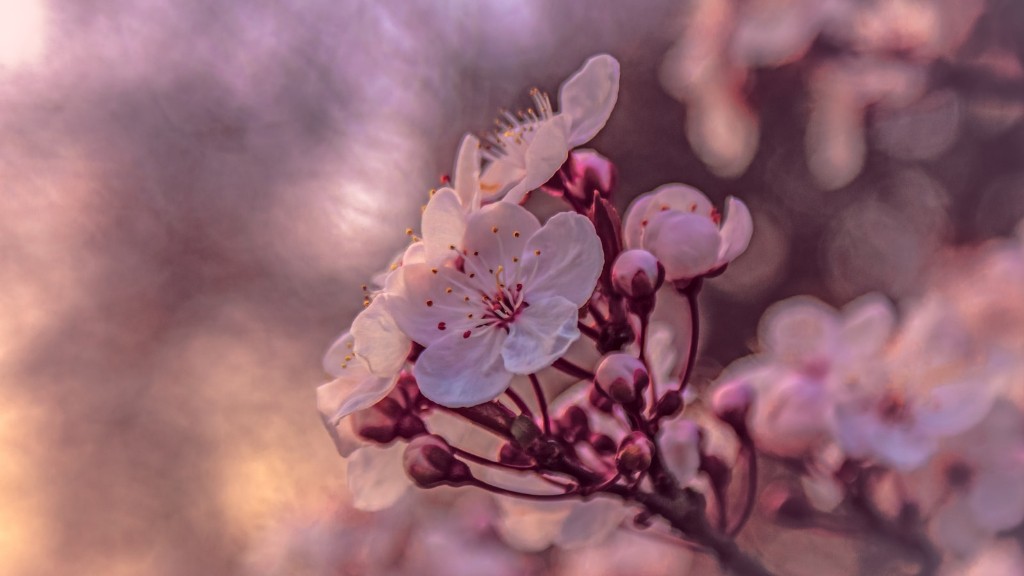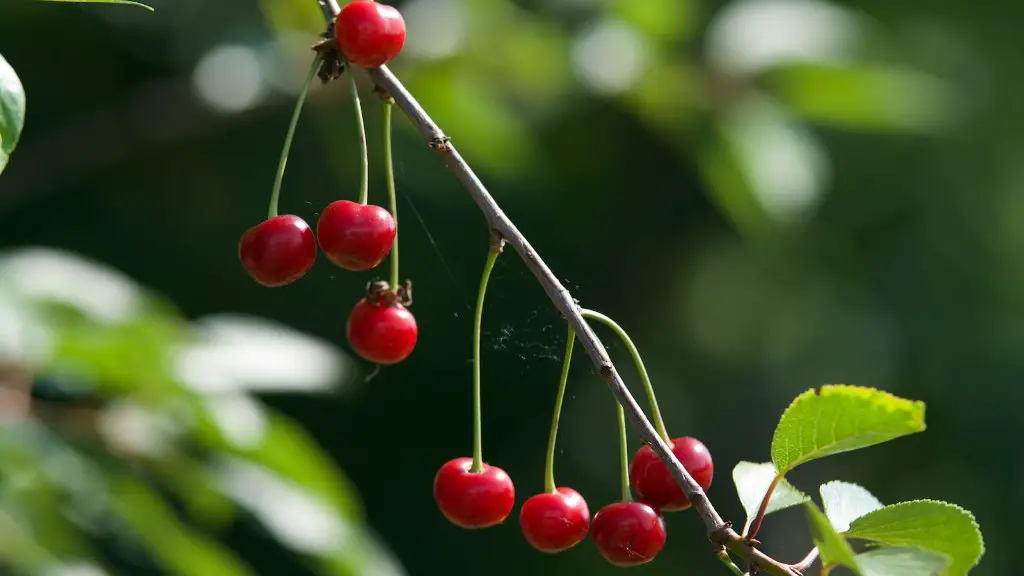Meyer lemons are a great way to have a bit of indoor greenery and have a steady supply of lemons. Growing a Meyer lemon tree in a pot is a great way to have a thriving tree, even if your outdoor climate is too cold to do so. Here are some simple steps to get you started.
Start by finding the best container to house your Meyer lemon tree. Make sure that the pot is wide and shallow enough to give the roots some room to expand. It should be large enough to accommodate the root system of your lemon tree for a few years at least. Use plenty of soil mix when putting your tree in the pot, and water it deeply.
Meyer lemon trees thrive in a sunny location where they can get at least 6 hours of direct sunlight per day. Place it in a spot that is easily accessible for watering and fertilising, and remember to shield it from strong winds to prevent it from drying out. Meyer lemon trees need to be watered regularly; generally you should check the soil and water when the top layer feels dry.
Meyer lemons trees require plenty of nutrients to enable them to grow and thrive. Fertilise your lemon tree usually every three weeks during Spring and Summer with a citrus-friendly fertiliser. You can also use compost or well-aged manure to give that extra boost of nutrition. Make sure to water deeply after fertilising.
In general, Meyer lemon trees need very little pruning. However, you may need to do minor trimming to maintain the size and shape of your tree. In addition, you can remove dead leaves and stems anytime throughout the year to promote plant health. Lastly, harvest your Meyer lemons when they turn yellow to get the best out of them.
Additional Preparation Tips
Before you plant your Meyer lemon tree, you should look out for pests such as aphids and spider mites, which may be present. If you find any, wipe them off with a cloth or use an insecticidal soap. If the problem persists, you might need to treat the tree with a commercial insecticide.
It is also important to check the pH level of the soil. The ideal pH range for Meyer lemon trees is between 6.5 and 7.5, so you may need to adjust the pH of the soil in order to get better results. Healthy soil is essential for the healthy growth of your tree.
You should also be aware of the possible effects of cold temperatures on your lemon tree. Meyer lemons need temperatures between 15 to 25 degrees Celsius to survive and thrive. You may need to bring your tree indoors during cooler months in order to protect it from the cold.
Lastly, you can use mulch to preserve moisture in the soil and prevent weeds from growing. Adding a layer of mulch will also help to keep the roots of your Meyer lemon tree warm and healthy.
Foliar Feeding Techniques
Apart from fertilising in soil, you can also opt for foliar feeding. Foliar feeding is a type of fertilising method in which liquid fertiliser is sprayed directly onto the leaves of the Meyer lemon tree. This allows the fertiliser to be absorbed quickly, which thenfoliar feeding helps to promote healthy growth of the tree. Foliar feeding should be done twice a month during Spring and Summer.
It is important to check the ingredients in the liquid fertiliser you choose, as some of them may contain unwanted chemicals or compounds. You may also wish to buy organic fertiliser, as this will help to keep your Meyer lemon tree free of any chemical traces.
You should also remember to dilute the liquid fertiliser correctly, as concentrated solutions may damage the leaves of your Meyer lemon tree. Lastly, it is best to foliar feed the tree during early mornings or in the evenings, when the leaves are still damp from dew or rain.
Propagation Methods
Propagation is a great technique for getting a few extra Meyer lemon trees in your home. You can propagate your Meyer lemons easily by cuttings, air layering or seeds. When taking a cutting, choose a healthy branch of your tree and cut it just below a node. For air layering, choose a branch and cut a ring around it halfway down, then wrap the cut area in a moist cloth and add potting soil. After a few weeks, the branch should have rooted.
You may also decide to propagate your Meyer lemon tree by planting the seeds that you find in the fruit. To do this, simply extract the seeds from the lemon and plant them in a pot of soil. Remember to keep the soil moist and the seedlings warm, and you should be able to reap the rewards in a few weeks’ time.
Propagating by stem cuttings is a great way to get some clones of your Meyer lemon tree. When rooting your cutting, cover it with a plastic bag to create a humid atmosphere. This will help promote roots and prevent the cutting from drying out, then you can water and fertilise it as needed.
Winter Care Tips
During winter, Meyer lemon trees need a bit of extra TLC. As they are sensitive to cold temperatures, you should be sure to move your tree indoors if temperatures drop below 15 degrees Celsius. You should also avoid wetting the plant during the colder months, as the soil may be too cold for it to absorb the water properly.
It is important to note that Meyer lemon trees naturally go into a dormant stage during winter, and you should not expect any new growth at this time. Make sure to keep your tree out of any drafty areas and provide it with plenty of light, as this will help it to survive the cold months.
It is also important to monitor the health of your Meyer lemon tree. Make sure to check for signs of distress, such as yellowing or drooping leaves. If the tree does appear to be unwell, try adjusting the watering and fertilising to what the plant needs. This may help the plant to recover and thrive in the new season.
Pruning Techniques
Regular pruning is essential to maintain the size and shape of your Meyer lemon tree. To get a good result, use a pair of sharp pruning shears and make sure to cut the branches just above a bud. Be sure to wear gloves, as the lemon tree’s thorns can be very sharp.
Your priority should be to remove any dead, diseased or unwanted branches from the Lemon tree as soon as possible. These branches should come off easily with a sharp pruning shear. This will help to ensure that the tree is healthy and able to thrive.
Pruning can also help to promote new growth on the tree. After pruning the branches, you should be able to see the buds that will develop the new shoots. This will help to keep your Meyer lemon tree looking healthy and encourage new blossoms and, eventually, fruit.
When removing branches from your Meyer lemon tree, you should aim to maintain an open center. This helps to promote airflow, which is essential for healthy growth. Removing too many branches may result in a dense and potentially doomed tree, so be sure to be mindful of the number of branches you’re taking off.





